Material Science and Engineering
A tailored coat to beat the heat
Tunable perovskite-based multilayered films provide long-term stability for high-performing solar cells.
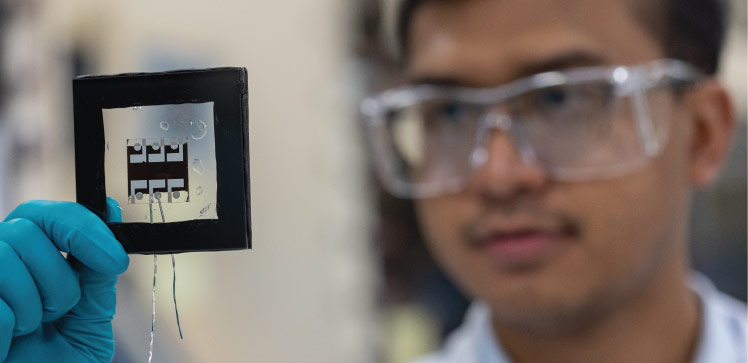
KAUST scientists are developing technology to boost the performance and stability of perovskite solar cells. © 2022 KAUST. /en/article/1227/a-tailored-coat-to-beat-the-heat
KAUST scientists are developing technology to boost the performance and stability of perovskite solar cells. © 2022 KAUST. /en/article/1227/a-tailored-coat-to-beat-the-heat
Multilayered perovskite-based films, designed by KAUST researchers, shield high-performance perovskite solar cells from extreme heat and moisture while also boosting their long-term stability, which is a key milestone for device commercialization.
Perovskite solar cells have emerged as the fastest growing alternative to the conventional silicon technology that dominates the photovoltaic market. Cheaper and easier to manufacture, they have shown a dramatic continual rise in performance, potentially surpassing their silicon-based equivalents. However, inherent surface defects and ion migration affect the stability of the light-responsive perovskite film, a phenomenon that becomes more pronounced at higher temperatures.
Sandwiched between charge carrier-selective materials, the three-dimensional (3D) perovskite film converts light to electricity by creating pairs of electrons and positively charged holes. Upon charge separation and collection, electrons migrate toward the “n-type” layer while holes migrate toward the “p-type” layer, producing an electric current.

From left: Esma Ugur, Randi Azmi, Professor Stefaan De Wolf and Akmaral Seitkhan are now developing ultrastable inverted perovskite solar cells with efficiencies close to those of regular devices.
© 2022 KAUST.
Two-dimensional (2D) perovskites are more resilient than their 3D counterparts under thermal stress and external conditions such as varying moisture and oxygen. Growing a 2D perovskite layer on top of a 3D perovskite film produces a heterojunction that blocks ion migration as well as moisture and oxygen. These 2D perovskite capping layers also considerably improve the resistance of unsealed devices against extreme outdoor-like moisture and thermal stress.
While this top-contact passivation approach has enhanced the performance and stability of regular solar cells, in which the p-type layer is at the top, so far it has failed for inverted devices, where the n-type layer is at the top. “External conditions are not an issue for a sealed device but the intrinsic thermal instability of the perovskite film remains problematic,” explains lead author, Randi Azmi from Stefaan De Wolf’s group.
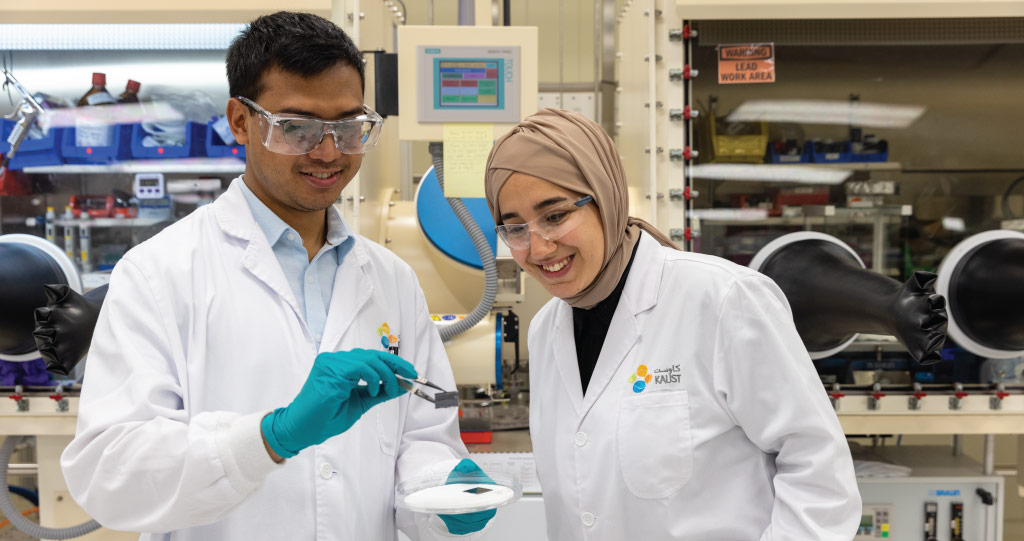
The team’s device delivered a power conversion efficiency of 24.3 percent.
© 2022 KAUST.
Taking this approach further, Azmi, De Wolf and coworkers discovered that tailoring the number of inorganic sheets, or dimensionality, of the 2D perovskite component was crucial for an effective top-contact passivation.
The researchers generated heterojunctions containing 2D perovskites of varying dimensionalities at the n-type interface of inverted solar cells. They deposited the cation precursor oleylammonium iodide on the 3D film to grow the 2D layer in situ and allowed it to self-organize at room temperature overnight.
Heterojunctions involving 2D perovskites were shown to substantially increase the device performance and stability when they had a dimensionality of two. The devices delivered a power conversion efficiency of 24.3 percent. They also retained more than 95 percent of their initial value after more than 1,000 hours under accelerated high-humidity high-temperature test conditions, meeting a critical industrial stability standard for photovoltaic modules.
“The team is now designing new molecules for 2D perovskites to develop ultrastable inverted perovskite solar cells with efficiencies close to those of regular devices that exceed 25 percent,” Azmi says.
References
- Azmi, R., Ugur, E., Seitkhan, A., Aljamaan, F., Subbiah, A.S., Liu, J., Harisson, G.T., Nugraha, M.I., Eswaran, M.K., Babics, M., Chen, Y., Xu, F., Allen, T.G., ur Rehman, A., Wang, C.-L., Anthopoulos, T.D., Schwingenschlögl, U., De Bastiani, M., Aydin, E. & De Wolf, S. Damp-heat stable perovskite solar cells with tailored dimensionality 2D/3D heterojunctions. Science, eabm5784 (2022).| article
You might also like
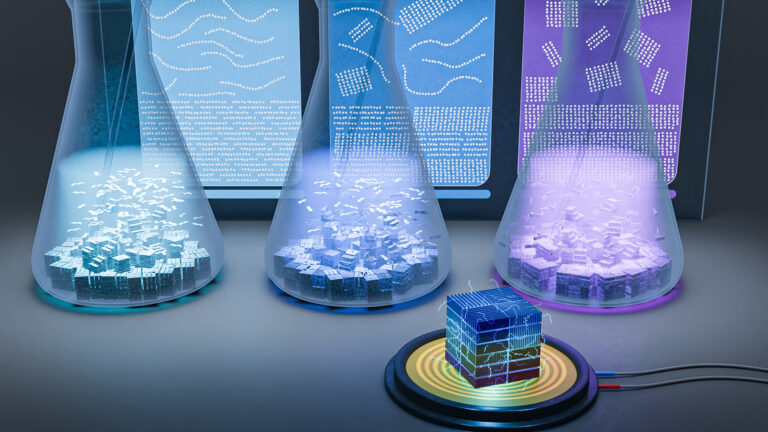
Material Science and Engineering
Solvent selection tool boosts thermoelectric devices
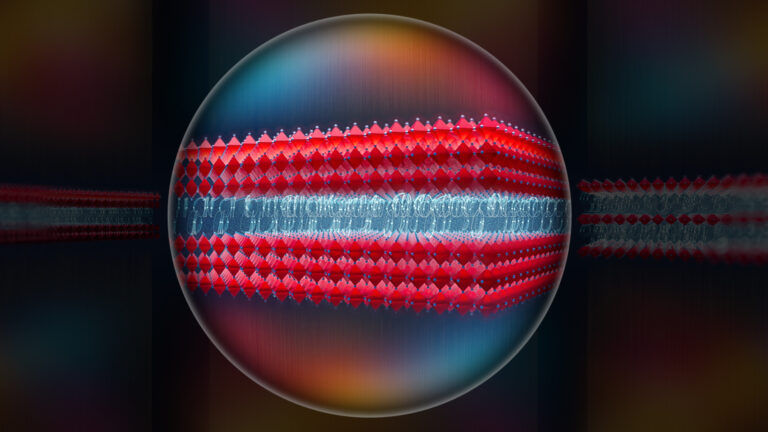
Material Science and Engineering
Electron movie guides design of layered perovskite materials
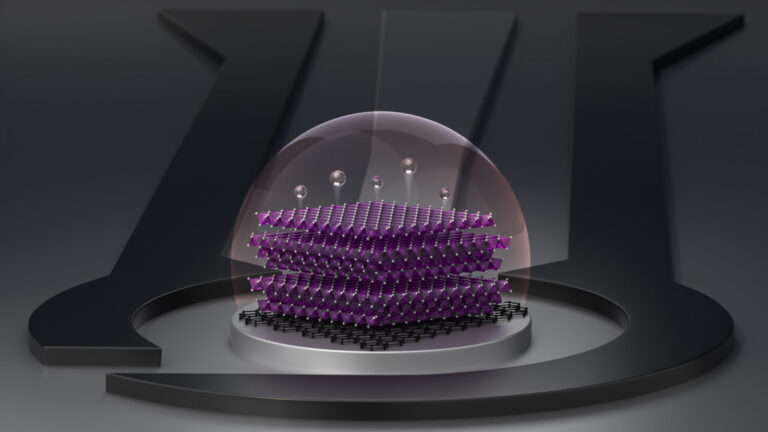
Material Science and Engineering
Remote region sensor for essential vitamin deficiency
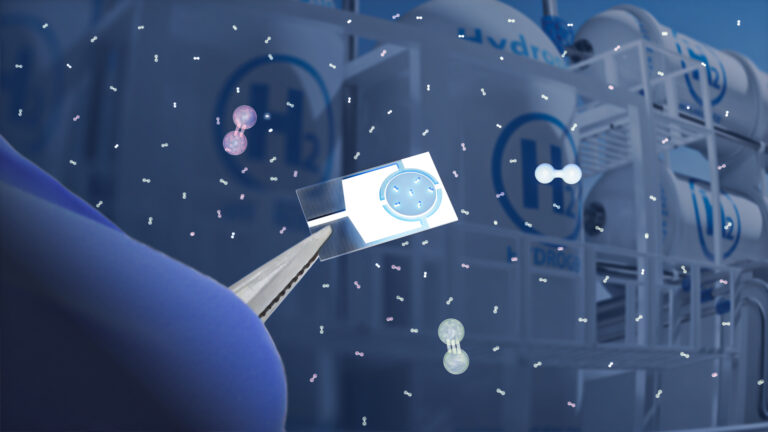
Material Science and Engineering
Low-power hydrogen sensor detects leaks in an instant

Material Science and Engineering
Illuminating pathways to long-lived organic solar cells

Chemistry
Beating the dark current for safer X-ray imaging

Chemical Engineering
Net benefits for advanced materials design
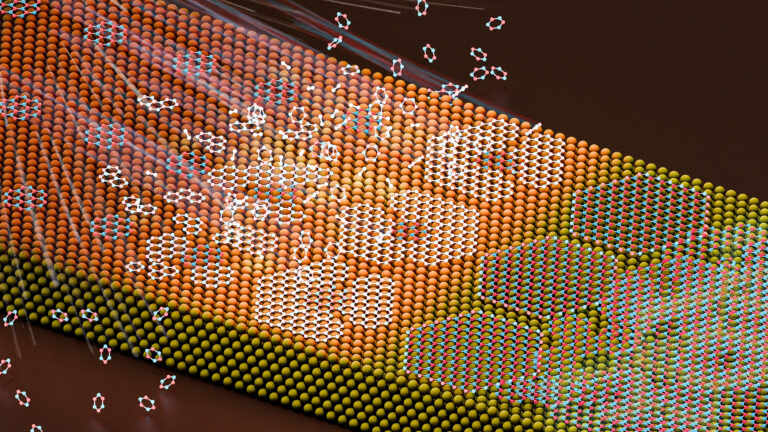
Material Science and Engineering




